Owning your own private house or a villa is fantastic! Regardless of how often you paint the walls and decorate and re-organize your pergola, the lawn is another key element that turns the tables for your exterior design. A well-maintained lawn can transform the outdoor view. Hence, we’ll show you a few tips and tricks on how to take care of it all year round.
Image source: Petar Tonchev
Top 10 Lawn Care Tips & Tricks
Beginner or not, organic lawn care requires a maintenance schedule to cover all the necessary lawn care processes to keep it looking healthy year-round. Below, we’ve listed 10 fundamental tips and tricks about lawn care that every homeowner with a garden should know.
Match the Grass With the Local Climate and Not Vice-Versa
Whether you can have a green lawn year-round depends on the climate. And sadly, we can’t change the weather in the country we live in. Therefore, every homeowner must define the best type of grass their lawn needs. Based on the climate, you must define if cool-season or warm-season grasses are best grown in your area.
Cool-season grasses are right for you if you live in a country with cold winters and hot summers. Popular choices include bluegrass, perennial ryegrass, and tall or fine fescue.
Image source: rangerlawncareok
For the rest of the countries with mild winters,warm-season grasses like zoysia, Bermuda, Bahia, Centipede, and Kikuyu might be the best option, as they thrive in southern weather. Cool season grasses are best even for countries in transition zones.
Image source: turf_taro
Regularly Mow the Lawn
Mowing the lawn is the process that makes a difference in your garden. It either helps your yard or ruins it. After you pick the right grass for your lawn, keep it at the ideal height for its type.
Generally, you should opt for a dense lawn as it’s healthier and can resist weeds. Mow the lawn when the grass is at least 3 inches tall and cut 1/3 of the height.
Try to avoid mowing the grass when it’s wet. Mowing a wet lawn will lead to a bad, uneven cut. Another trick in mowing the lawn that will help prevent soil impaction is to alternate your mowing pattern at a 45 to 90-degree angle.
By regularly, we don’t mean using the lawn mower every other day. Every mowing time needs a schedule. Avoiding “experiments” is the way to go when creating a cutting grass schedule.
Beginners tend to start mowing the lawn too early in the season and cut it too short. Don’t fall for this trick. Short-cut grass leads to dried-out grass, new diseases, and a pests party.
Find the Right Balance in Watering Your Lawn
Watering works like everything else. It’s not good when it’s too much. Nor when it’s less than it should be. A balanced and regular watering process will promote deep roots and a healthier lawn.
It’s best to water the lawn deeply in the morning once or twice a week. Nighttime watering can lead to diseases and pests due to prolonged wetness and high moisture levels. Always check the soil moisture with a garden trowel after watering. It should be wet 4 to 6 inches.
Image source: Divaris Shirichena
Another trick is adding organic matter by at least 5%. This helps improve the soil quality and enhances its ability to retain moisture by up to four times. As the first red flag for an unhealthy, “thirsty” lawn, check for bare spots.
Do Not Neglect the Aeration Process
Aerating your lawn means digging a few holes to avoid soil compaction. Aeration should be done at least once a year. Springtime is ideal to do it. Aeration helps improve air and water circulation to the roots, promoting healthier grass.
Now, how do you know when to aerate it? Dig a 1 square foot section. If the roots go deeper than 2 inches, it’s fine. Otherwise, start digging the holes. It’s best to water the lawn for 1 or 2 days before aerating.
Image source: peterjameson64
Go Easy (but NOT Too Easy) With Fertilizers
Fertilizing means feeding the ground nutrients like nitrogen, phosphorus, and potassium. These elements will help grass growth, but each has a different role in turf. Hence, it’s best to carefully check the instructions on natural and manufactured fertilizers to apply the right type and amount for your grass type. It’s a vital process, but do it properly.
If you’re a newbie in gardening, you should start with an organic, slow-release fertilizer to build healthy soil. Experienced gardeners also go slowly on this. That’s because chemical lawn fertilizers can kill microbes and ruin the ground’s structure. It’s best to fertilize warm-season grasses in springtime and cool-season grasses in autumn.
Image source: premiumlawns_tx
Don’t Be a Weeds Control Freak
A weed-free lawn is a mission impossible. Thus, don’t obsess over weeds in your yard. Focus on keeping down their number in your yard and prevent them from getting to the grass seeds.
A Bee City USA claims (and several studies support the idea) that a “No Mow Month” is good for everybody’s lawn. In fact, in a few American cities, homeowners enforced the rules against mowing. Reducing the frequency of mowing benefits bees and many other insects. Thus, removing weeds such as dandelions by hand is better than using lawnmowers or chemicals.
But if you really opt for a weed-free lawn, you should keep an eye on new weeds before they spread all over the place. Using corn gluten meal effectively prevents weed seeds from germinating.
Make Space for New Thriving Grass
Thatch is the dried, damaging layer between healthy grass and soil in the garden. If it’s thicker than ½ inch, it damages your ground. Thatch doesn’t let the water get into the turf roots. You should immediately remove it. In other optimal conditions, waiting one week before springtime to dethatch is most promising for a healthy lawn.
Moreover, you must pay attention to dead plants, dried leaves, bark, or grass clippings on the lawn, known as organic mulch. Still, thatch does not come from grass cuttings. Clover in your lawn is not too bad if you think about it.
Many lawn care processes happen in springtime because it’s that time when the grass grows, and you can get a dense lawn. Spring is the right time to clean up leaves, trim dried branches, clean the mulch, and remove other leftovers from winter.
Image source: Kaabii Kiseki
Prepare the Soil Ground
The ground is going to be your biggest work. That’s where you’ll put all your efforts to create a nice green “carpet” around your house. The first thing to do is to use a soil test kit. You need to realize if the soil needs fertilizing or not. The pH level will guide you to what the grass needs.
Acidic soil is pretty popular. If you want to raise the pH level, use lime. If you want to lower it, then use sulfur. Make a soil test an annual custom, so you’re always on track with the ground’s health.
Image source: Freepik
Always Take Time to Hand-Sprinkle and Overseed
Overseeding with a seed mix fills in the thin areas. It introduces new, healthy grass varieties to your lawn. The only thing you can do over the limit is seeding. Overseeding thin patches is good in late spring for warm-season grasses. The fall is typically the best time to reseed the lawn for cool-season grasses.
Image source: Jordan Hopkins
Back Yourself Up With Information and Tools
A green, lush lawn is challenging, so prepare before “getting into a war” with thatch and dried leaves. Our first and foremost advice is to contact experts or your local nursery as an easy way for tips and guidance instead of experimenting with your lawn care routine. A small mistake can lead to long-term damage to your lawn.
Prepare your equipment and check your tools like gloves, shovels, lawnmowers, lawn spreaders, rakes, and lawn aerators. Reel mowers will cut the grass, and rotary mowers will tear at the turf. Keep the blades sharp for an easier mowing process.
Image source: Andres Siimon
5 Common Problems & Beginner Mistakes to Avoid
A good and dedicated lawn care routine can be rewarding and enjoyable. This is true when you have a lush green lawn. But how can you take care of your lawn? Instead of what to do, we’ll show you what you should NOT do. These are 5 common beginner mistakes you must avoid.
Image source: Rémi Müller
Overwatering
Watering is vital, but overwatering can be fatal. One of the most common mistakes is overwatering the lawn. While keeping your grass hydrated is essential, too much water can lead to root problems and stimulate the growth of weeds and pests.
Watering at the wrong time can also be an issue. Avoid watering the lawn at night hours and hot peak times. Prolonged wetness can cause the growth of weeds. Therefore, the morning hours are the most recommended time of the day.
Image source: Anthony Lee
Ignoring Soil Health
Just because it doesn’t show any problem, it doesn’t mean it’s a healthy ground. Neglecting the health of your soil is a big mistake. Soil provides the foundation for a healthy lawn. Therefore, check your soil’s health with a pH test. According to the test results, you can add fertilizers or other organic matter to improve its health.
The best time to fertilize cool-season grasses is in spring and fall. On the other hand, warm-season grasses should be fertilized in late spring and summer.
Image source: Anna Shvets
Overmowing vs. Not Mowing Enough
Finding the proper mowing schedule is an entirely different topic worth discussing. Due to their busy weekly schedules, homeowners often go for Sunday lawn care. That’s fine, but not in spring. Prepare to include mowing on weekdays during springtime. Keep your grass from growing more than one-third of its maximum height to deter fleas, as they tend to hide in tall grasses.
There are also homeowners who mow the lawn too often and a little too much. Cutting the grass too short, also known as “scalping,” can weaken the grass. This will expose it more to diseases and weeds. Each grass variety has an optimal mowing height, so set your mower at the recommended height of cut for your specific grass type.
Image source: senivpetro
Neglecting Lawn Aeration
Neglecting to aerate your lawn can lead to compacted soil and less water flow or nutrients. It may also encourage weed growth and make it harder for grass to thrive. This can result in an unhealthy lawn, which looks like a faded green piece of land. Aeration helps you maintain a vibrant and lush lawn.
Image source: beechwoodpropertyservices
Using the Wrong Fertilizers or Weed Preventers
Fertilizers and weed preventers help you with feeding and “vaccinating” the lawn. Using the wrong one or applying it excessively can harm your lawn rather than help it.
Different grasses have additional nutrient requirements. So, pay attention to choosing the right fertilizer for your grass type. Also, follow the recommended application steps on the product packaging.
Weed preventers stop the crabgrass seeds from germinating. Pay attention to applying them early in the growing season before weeds start to germinate. Weed preventers can’t do much about already-grown weeds. Be careful not to spray weed preventers during seeding time, though.
Image source: weekendwarriorlawn
How to Have a Beautiful Lawn All Year Long
Achieving a stunning, lush lawn throughout every season is a realistic goal, and we’ll show you how to do it. Whether you’re an experienced gardener or a beginner in lawn care, we’ve got you in this month-by-month lawn care calendar.
Master Spring Lawn Care
The lawn maintenance calendar starts in March. In springtime, grasses grow actively and need extra effort to look dense and green all year. During spring months, you’ve got more tasks to do than the rest of the year. Now, let’s see what specifically you must do in March, April, and May.
Image source: 4045
What to Do in March:
- Clean the yard to remove dried leaves.
- Start with dethatching to address winter damage.
- Have a soil test to determine its current pH level.
- Make the first lawn cut of the year (don’t cut it too shortly).
- Apply a moss killer for moss that arose in wintertime.
- Edge the lawn for a better look.
- Check the irrigation system.
What to Do in April:
- Start with raking and scarifying. It means removing thatch and moss.
- Remove the moss killer if you applied it in March.
- Aerating is best done in April.
- Overseed with an appropriate grass seed to fill bare patches.
- First lawn feeding with a spring fertilizer.
- Increase mowing frequency.
- Do frequent weed cleanups.
- Apply grub control if you have cool-season grasses.
What to Do in May:
- Cut the grass every 5-7 days, and avoid cutting off too much grass.
- Apply a selective weedkiller after raking or scarifying. Proceed only on moist soil.
- Aeration must continue in May. Holes help the soil absorb better the fertilizers.
- If you have cool-season grass, apply grub control till the end of springtime.
Bright Green Lawn in the Summer
If you succeed in springtime, summer lawn care will be easier to keep up. Regular mowing and mindful mowing practices are essential. Treat the grubs only in June and July. Now, let’s check for more specifics for the summer months.
Image source: Creative Vix
What to Do in June:
- Continue mowing the lawn but change its frequency according to the weather.
If it’s too hot and the grass starts to dry, cut less grass and leave the clippings on the lawn. The clippings help put the moisture back into the ground. - Frequent watering and spraying weed killers are life-saving practices on dry days.
- Apply liquid lawn fertilizer to feed the grass and boost its vibrancy.
- Apply an insecticide for grub control.
What to Do in July:
- As in June, you should mow less and higher in July, too.
- Spray weed killers once you spot any on your lawn.
- Feel free to water (early in the morning) during dry days in the hot summer.
- It’s okay to fertilize in the middle of summer for added vibrancy in the lawn, but don’t apply a liquid fertilizer if you haven’t watered your lawn weekly. It can risk scorching the grass.
What to Do in August:
- In August, stick to fertilizing early in the morning and use high-nitrogen fertilizer.
- Prepare the ground for re-turfing or sowing a new lawn in the fall.
- Ensure to create an irrigation routine that matches your local weather.
- Keep the clippings on the lawn to allow them to decompose back into the turf and improve the soil’s moisture. Watering weekly in the early morning to an inch depth is still recommended in August.
Gold and Green Yard in Fall
Fall lawn care is about preparing the ground for the cooler months ahead. The season begins with regular tasks from spring and summer and gets slowly into low-temperature practices. The main activity in autumn is cleaning the yard from the mulch and removing the leaves. Reseeding is ideally done two months before the first frost. By November, the lawn should be ready for going through wintertime. But first, let’s check what you should do in September and October.
Image source: teksomolika
What to Do in September:
- Start mowing more often, as September is a rainy month which boosts grass growth.
- Clean the yard and brush worm casts that actively grow in rainy days.
- There’s no mercy in raking and scarifying the thatch in September.
- Apply a granular autumn/winter fertilizer.
- Overseed after scarifying to fill in bare patches.
- In September, you can also sow the new lawn or lay turf in the ground you prepared in summertime.
What to Do in October:
- Stop mowing regularly in October. Cut less frequently but more inches.
- Trim the edges for a clean and tidy lawn look.
- Apply autumn fertilizer and deal with worm casts.
- Aerating is still good in October to help the rain get into the turf roots.
- You can still lay turf in October.
What to Do in November:
- Clean the yard from the last fallen leaves and worm casts.
- Cut the lawn for the last time only if the weather is not frosty or wet.
- Check the mower for possible issues and apply an irrigation system for winter.
- All you have to do this month is prepare the lawn to look nice and neat for the rest of the cold months.
Dense & Lushy Lawn in Winter
What looks like the end of the cycle is actually the preparation for starting again the next year. In winter, you should prepare your lawn for the next spring season. Till then, there are only a few maintenance tasks in wintertime, but they also have a vital role in keeping your lawn healthy. And don’t worry, your lawn will let you have a nice hot chocolate in peace for December, January, and February.
Image source: efe_madrid
What to Do in December:
- Celebrate the holidays by looking at the beautiful outdoors from the window.
- Clean the lawn by brushing the leaves and worm casts only if there is no frost.
What to Do in January:
- Continue cleaning the lawn.
- Cut the grass only if needed. Just don’t cut it too short.
- Add iron sulfate only to damp lawns. This will add to making the lawn more vibrant.
- Avoid walking on a frosty or wet lawn.
- Check and prepare your mower and other lawn care tools for use in spring.
What to Do in February:
- Take a moment to proudly admire your work!
- February is the pre-start of spring, so pay attention to worm casts.
- Check your inventory for tools and make the purchases you’ll need for spring.
Image source: wirestock
Proper Lawn Care: Key Takeaways
Select the right grass. Choose the right type of grass for your climate. Cool-season grasses are ideal for medium to low temperatures, while warm-season grasses thrive in warmer regions.
Apply proper mowing techniques. Follow mowing tips for your grass type. Avoid mowing on wet grass, and vary your mowing schedule to prevent soil compaction.
Practice aeration for healthy roots. Aerate your lawn annually to improve air and water circulation to the roots, leading to healthier grass.
Fertilize correctly. Choose the right type and amount of fertilizer for your grass type. Check on the product packaging or ask an expert instead of experimenting with your lawn’s nutrient feeding.
Manage weed growth. Focus on minimizing weeds rather than obsessing over eliminating them 100%. Removing by hand is often effective.
Control mulch and thatch. Keep thatch thickness below ½ inch to prevent damage. Remove dead plants, leaves, and mulch regularly.
Pay attention to soil health. Conduct regular soil tests to understand its pH levels and nutrient content. Adjust soil pH as needed for optimal grass health.
Don’t forget overseeding. Overseed to fill in thin areas and introduce new, healthy grass to your lawn. It makes your lawn more resistant to pests and diseases.
Avoid common mistakes. Be mindful of common mistakes like overwatering, neglecting soil health, improper mowing, and using the wrong fertilizers.
Create a year-round lawn care plan. Customize your month-by-month lawn care calendar. Focus on tasks like dethatching, aerating, fertilizing, and reseeding at the right time.
Lawn Care FAQ
What is the Best Treatment for a Lawn?
The best treatment for a lawn depends on various factors, including the type of grass, climate, and soil conditions. However, a comprehensive natural lawn care routine typically includes regular mowing, proper watering, fertilization, aeration, and weed control. Additionally, conducting soil tests, adjusting pH levels, and overseeding for resilience are crucial steps to effectively care for your garden.
What is the Biggest Lawn Care Mistake?
Every mistake affects your lawn care routine, but we pick overwatering as the biggest. Providing too much water to your lawn can lead to shallow root growth, weed expansion, and an increased risk of diseases.
When Should I Fertilize My Lawn?
The best time to fertilize your lawn depends on the type of grass you have. Fertilize in the early spring and late fall for cool-season grasses. Feed the lawn in late spring and summer if you are growing warm-season grasses. Remember to follow specific regional and grass-type guidelines for optimal results.
How Often Should You Mow Your Lawn?
You should mow your lawn regularly, typically once a week or every 5 days during the growing season. Adjust the frequency based on grass growth to maintain an ideal height for your grass type.
What Not to Do When Mowing the Lawn?
It’s best to avoid mowing too short, cutting the lawn when it’s wet or frosty, using dull blades, mowing at nighttime instead of early morning, and ignoring safety precautions. Always wear appropriate footwear and follow safety measures.
7Kviews
Share on FacebookOr, if you like solitary bee, bumble beet, butterflies. You could also plant native flowers for pollen and nectar 👍🌻 🌼 🌸🐝🦋
Or, if you like solitary bee, bumble beet, butterflies. You could also plant native flowers for pollen and nectar 👍🌻 🌼 🌸🐝🦋

 Dark Mode
Dark Mode 

 No fees, cancel anytime
No fees, cancel anytime 







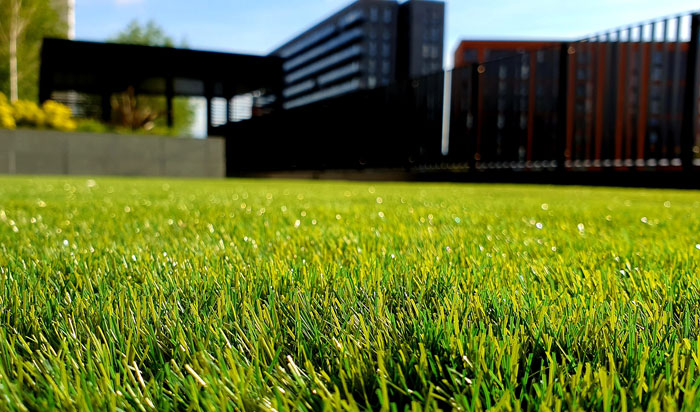
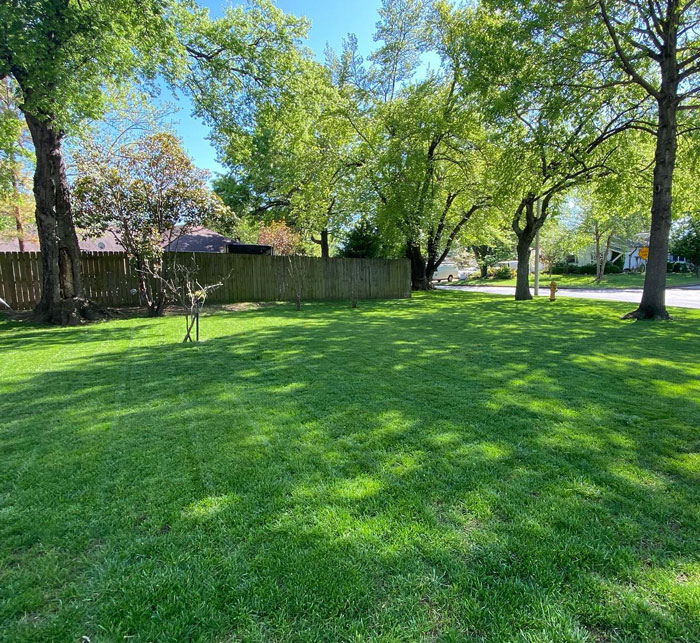
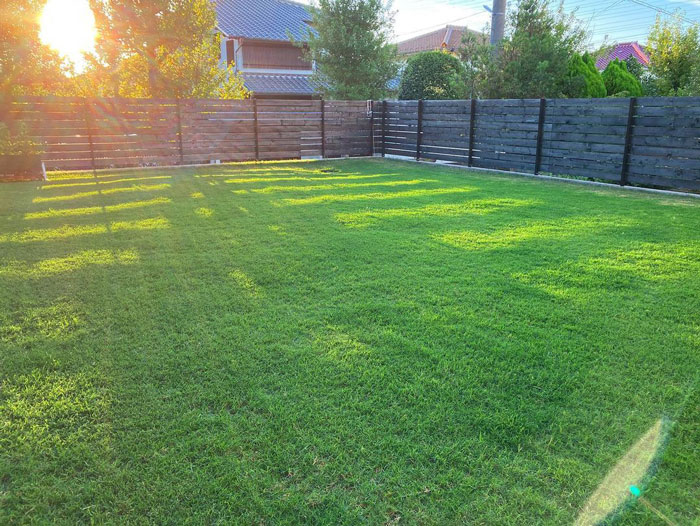
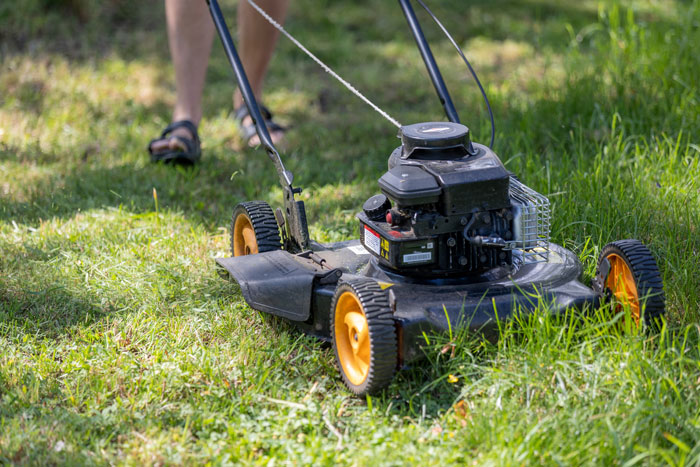
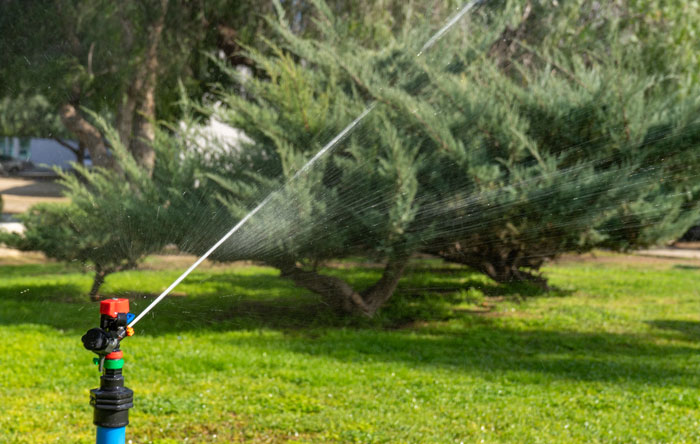
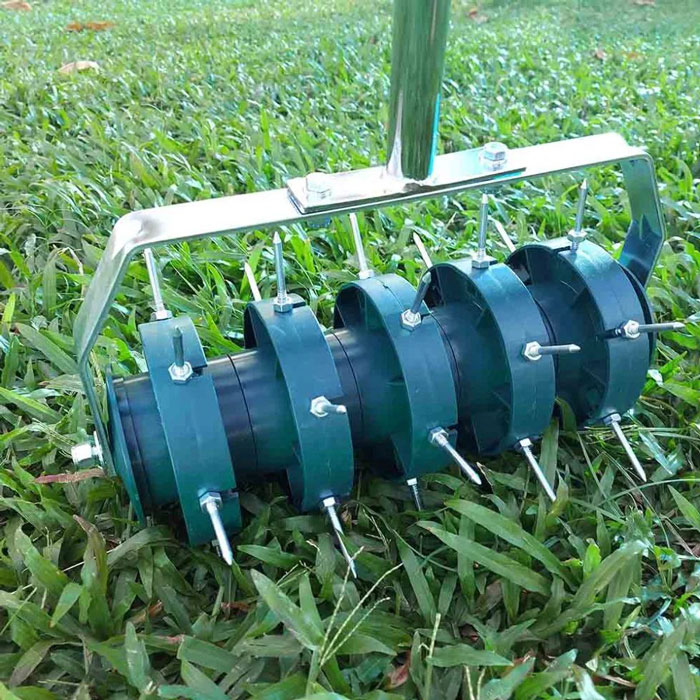
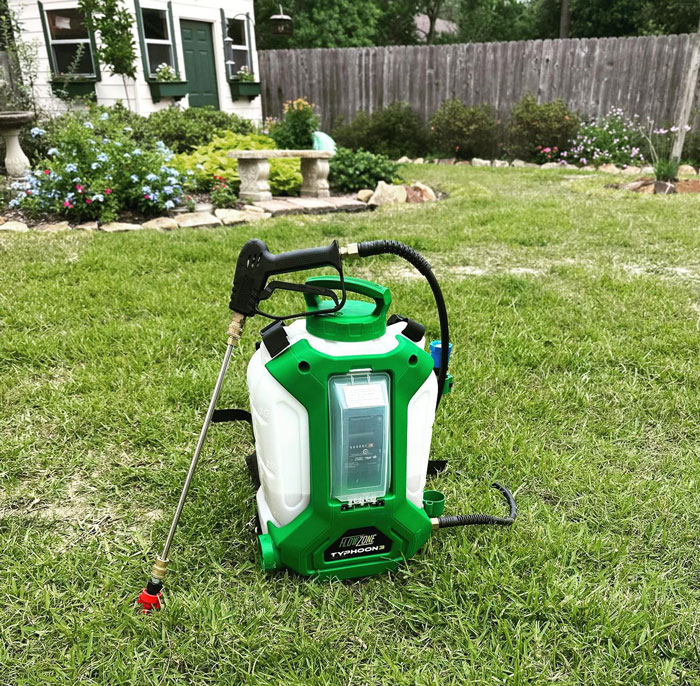
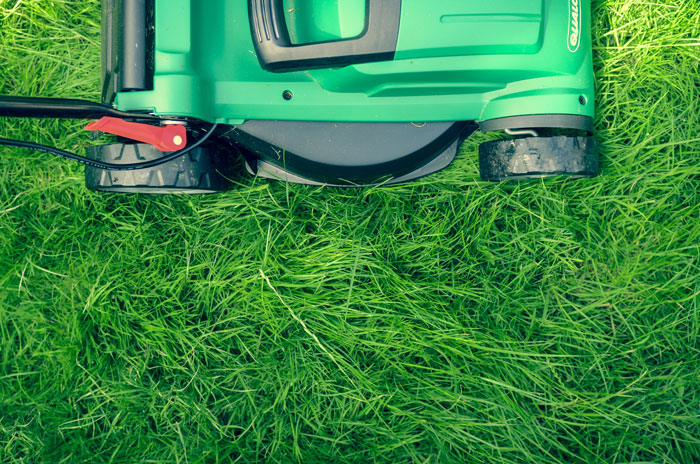
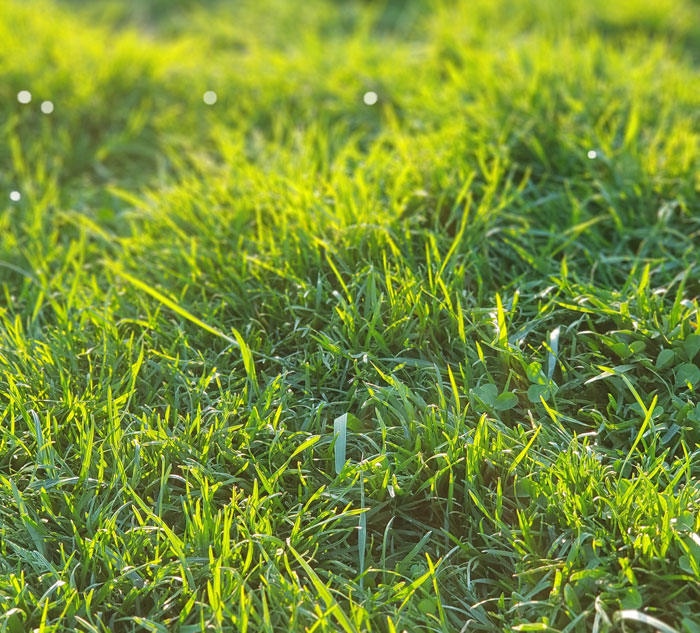
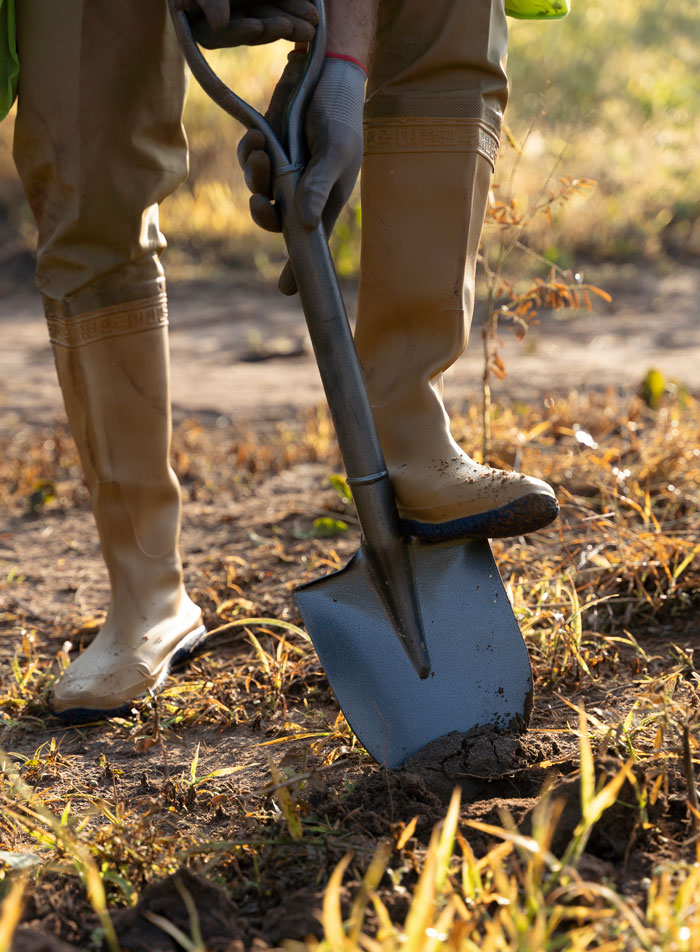
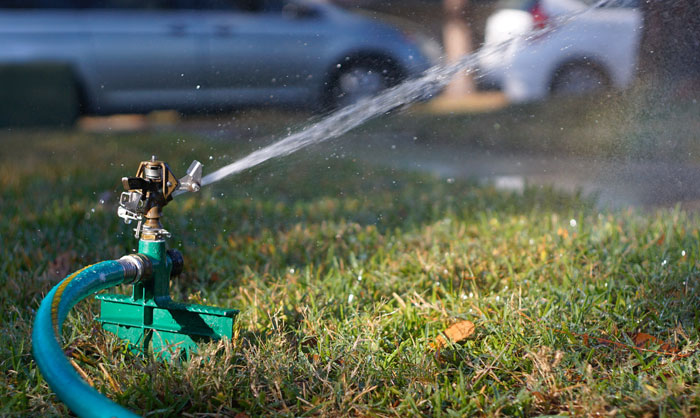
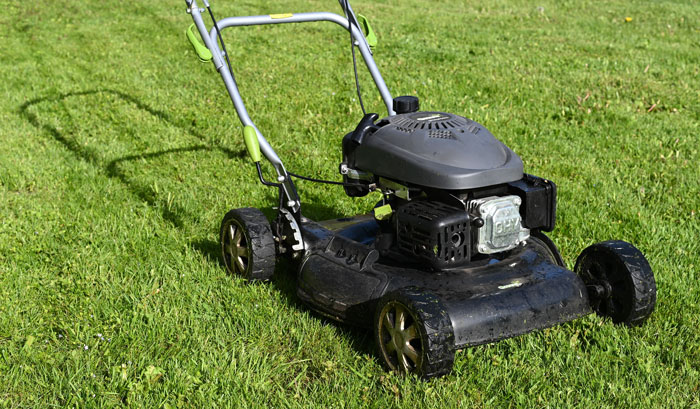
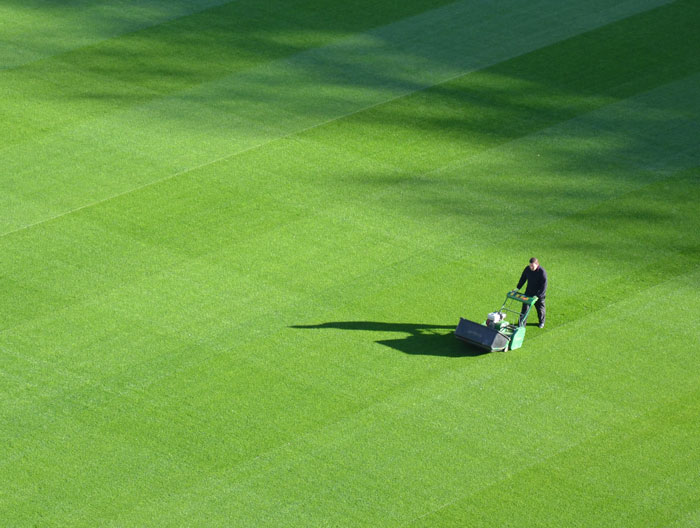
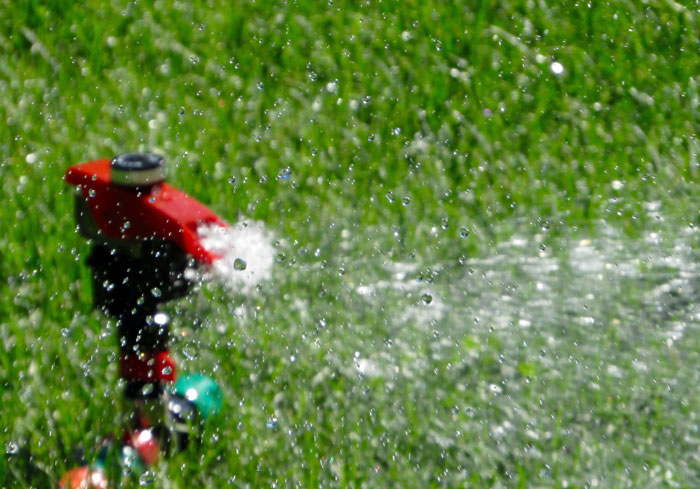
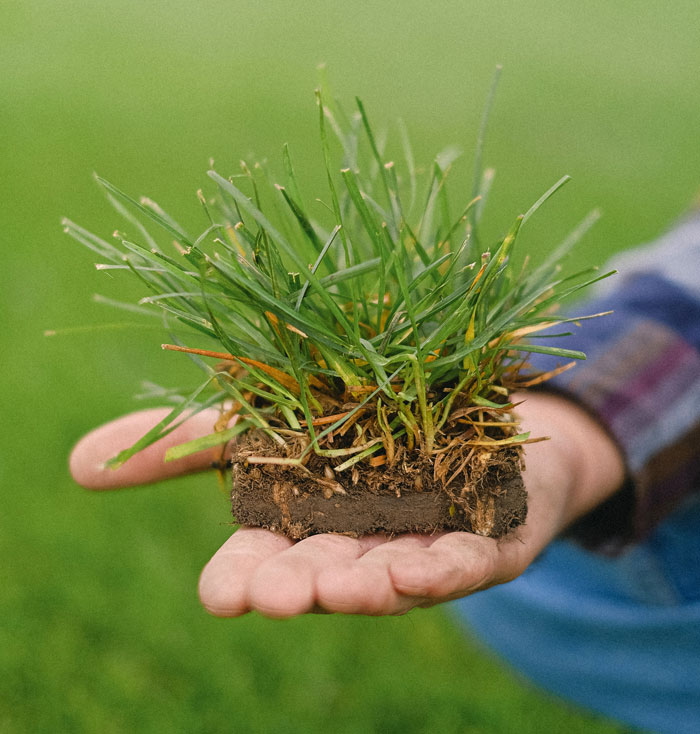
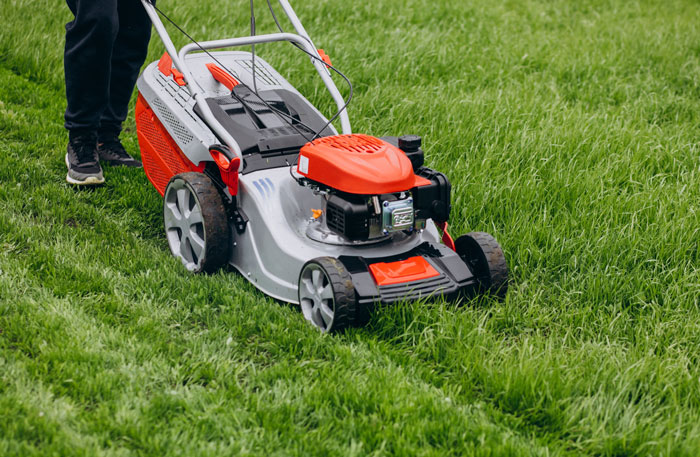
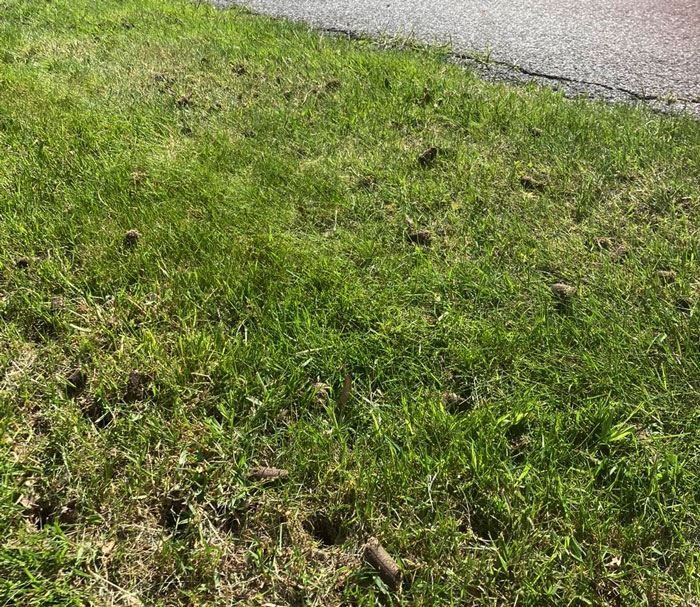
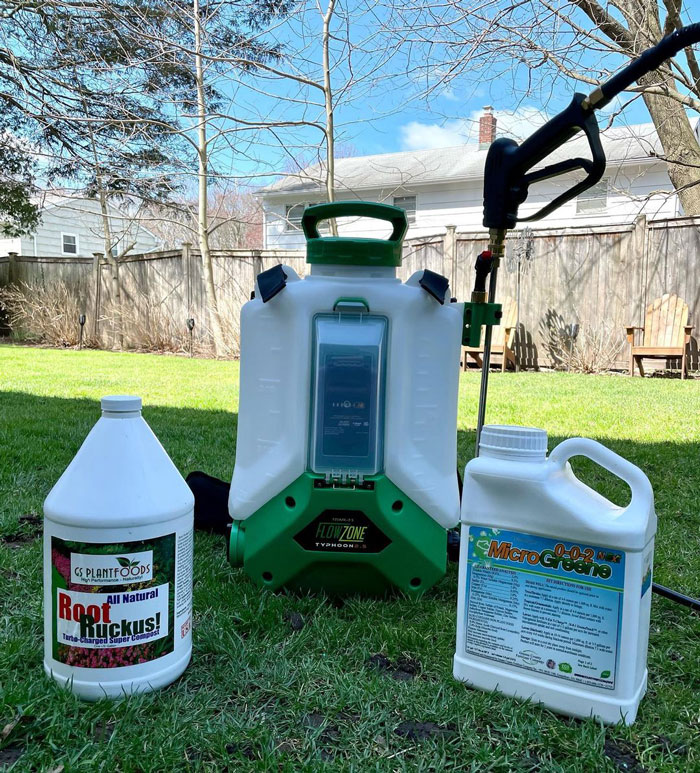
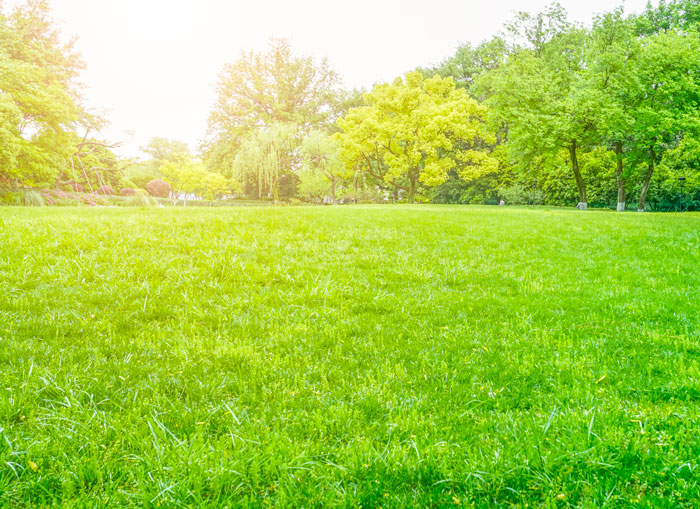
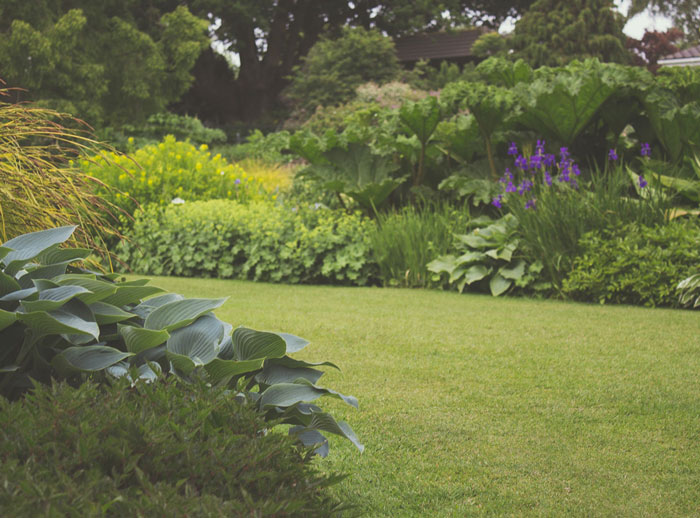
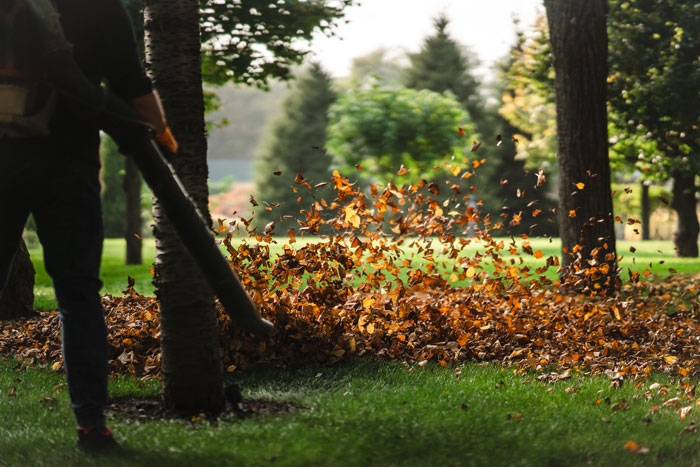
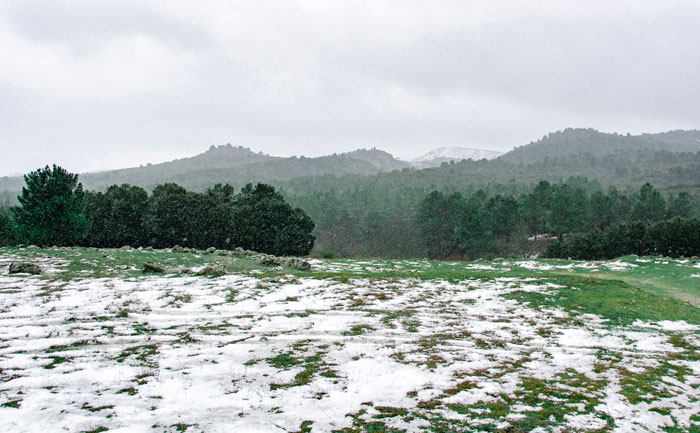
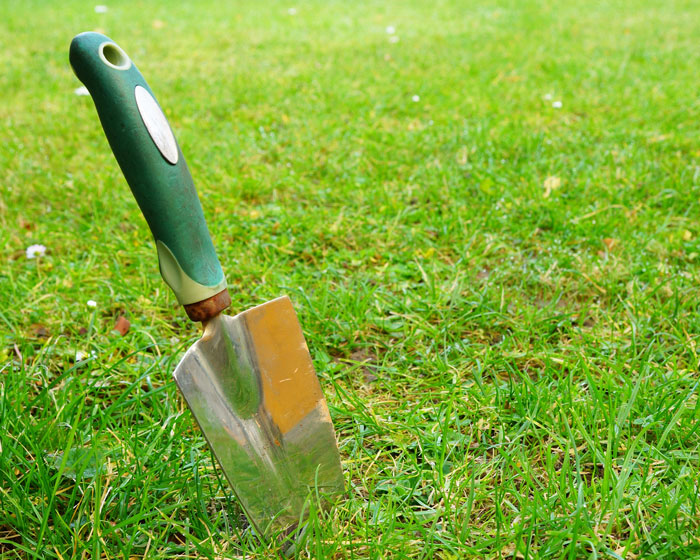












































6
2